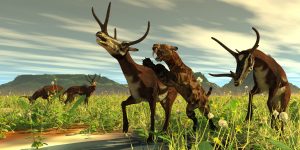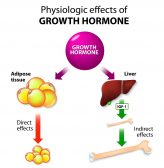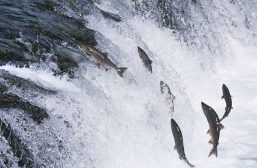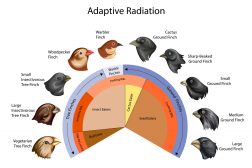Definition
noun
(taxonomy) A class within Phylum Proteobacteria that includes unicellular bacteria that are mostly rod-shaped and heterotrophic (with the exception of purple-sulfur bacteria, which are photoautotrophic)
Supplement
The class Gammaproteobacteria belongs to the Phylum Proteobacteria. The phylum includes many other classes, which are referred to using Greek letters, i.e. Alphaproteobacteria, Betaproteobacteria, Deltaproteobacteria, Epsilonproteobacteria, and Zetaproteobacteria. Their name, Gammaproteobacteria, is derived from the Greek letter gamma, which means ‘changeable’, and the Greek proteakos, which means ‘little stick’.1 The Gammaproteobacteria includes many medically and scientifically important bacterial species, e.g. Escherichia coli (pathogenic strains cause gastroenteritis and food poisoning), Salmonella (certain species as causative agent of typhoid fever), Yersinia pestis (causing Bubonic plague), Vibrio cholerae (causing cholera), Pseudomonas aeruginosa (causing lung infections), and so on. Members of this class are unicellular and mostly are bacilli.
Some of the taxonomic orders belonging to the Class Gammaproteobacteria are as follows: Aeromonadales, Alteromonadales, Cardiobacteriaceae, Chromatiales (purple sulfur bacteria), Enterobacteriales, Legionellales (e.g. Legionella pneumophila causing Legionnaires’ disease), Methylococcales, Oceanospirillales , Pasteurellales, Pseudomonadales, Thiotrichales (e.g. Thiomargarita namibiensis, the largest known bacterium), Vibrionales (Vibrio cholerae), Xanthomonadales, etc.
Scientific classification:
- Domain: Bacteria
- Phylum: Proteobacteria
- Class: Gammaproteobacteria
See also:
Reference(s):
1 Holt, J. R. (2013). GAMMAPROTEOBACTERIA. Retrieved from http://comenius.susqu.edu/biol/202/eubacteria/proteobacteriae/gammaproteobacteria/.







